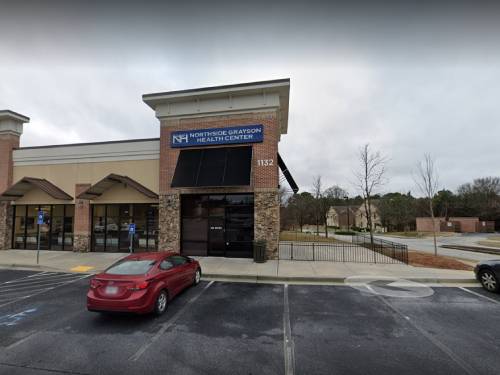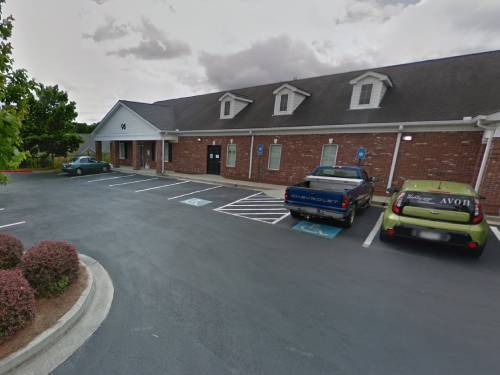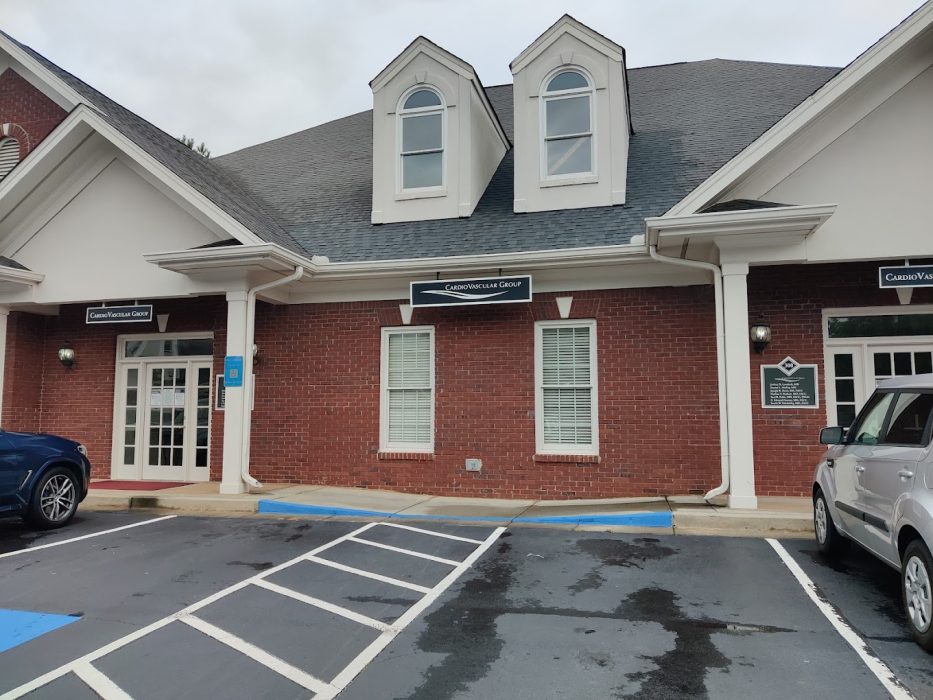3D printing is at the forefront of medical advancement. Recently, there has been an exciting breakthrough in the cardiology domain that could have a ripple effect throughout the industry. Researchers at the University of Minnesota found an effective route to 3D printing a functioning human heart. In the publication issued by Circulation Research, the 15 collaborative authors shared how they created a centimeter to scale model of a heart pump that beats in sync. All of the created cells work cooperatively so the model mimics the natural function of a human heart pump. While this research is new, it exhibits the tremendous potential 3D printing contains for the future of cardiovascular innovation.
How Does 3D Printing Work?
3D printing refers to the process of turning digital models into tangible objects. While it’s usage in the medical realm is somewhat new, it has led to breakthrough studies that have boundless potential for the future of transplants and research. A process known as selective laser melting has been extremely helpful for creating medical prototypes. When it’s time for a patient-specific implant to be made, Polyjet technology is instrumental in creating thin flexible options with a variety of techniques and materials to suit the exact needs of the unique case at hand. It shoots thin layers of photopolymers that are then hardened using UV light. While there are many different methods of fabrication when it comes to 3D printing, innovations such as selective laser melting and Polyjet are crucial to building a better understanding of how to create effective, safe, and realistic transplant materials and research models.
The researchers at the University of Minnesota built upon these sorts of techniques to develop their functioning pump. They optimized a unique “ink” made out of extracellular matrix proteins that provided the structure they needed. While this model is about 1.5 centimeters long (it was created for use on a mouse for further research), the potential for a to-scale model lingers.
The Impact on Future Research
While it is becoming increasingly common for implants and transplant materials to be 3D printed, one of the most important uses for this sort of technology is for research. Creating accurate models allows for additional testing and observation that cannot be accomplished on a living human. The 3D heart printed at the University of Minnesota allows for researchers to introduce a variety of conditions to the model heart without any risk to an actual patient, allowing for a wider scope of experimentation.
Having this freedom during research has unlimited potential when it comes to finding effective cures and solutions for heart disease. In the case of creating this model, diseases, conditions, and treatments can be introduced. This model can track what happens down to the molecular level, providing much more information to the researchers than human observation could.
Surgical Implementations
Aside from the obvious excitement surrounding its research potential, this 3D printed heart pump also opens up a lot of questions about its use in actual surgical situations. The potential to print a heart pump could mean easier access to transplant materials for those in need. While artificial pumps, donor pumps, and animal tissue have all been implemented in various situations, a 3D printed pump could potentially be the most accessible option as more and more facilities gain access to the technology. Being able to effectively print a pump spells for great potential when it comes to accessing valves and other parts of the heart that are also commonly transplanted.

The Future of Cardiology
While this is certainly an exciting development, there still remains a great deal of unknown possibilities when it comes to medical innovations like the 3D printed pump. This type of breakthrough is especially important considering heart disease is the leading cause of death in the United States. If you’re looking for ways to protect your heart, Cardiovascular Group is here to help. Our team stays at the frontline of industry innovation, always. We have a team of qualified doctors ready to answer all your questions and get you on the best heart-healthy path! Request an Appointment!












